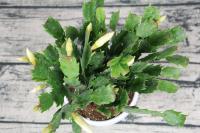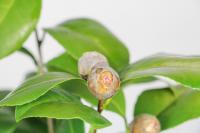1、 Powdery mildew
1. Symptoms
It often occurs on leaves (including leaves and leaf stems), flower buds and crisp buds
(1) Leaf disease: white powdery mildew spots appear on the leaves. The disease often spreads from the tip or edge of the leaves to the inside in Tan, resulting in the drying and falling off of the whole leaf
(2) Tender bud: chlorosis gradually expands the scope of infection, and white powdery spots are produced on both sides of the front and back. After spreading to the whole leaf, the leaves become light gray or dark red, causing deformation and shrinkage of the leaves
(3) Flower bud: white powdery mildew will cover all the flower buds and pedicels, resulting in flower bud deformity. At this time, timely treatment is needed, and serious cases will lead to plant death
2. Solution
(1) During prevention, it is necessary to provide more ventilation, provide a good drainage environment and reduce moisture
(2) Once the diseased paper strips and leaves are found, the diseased parts should be cut off in time when pruning in winter to prevent the spread of bacteria
(3) We should also pay attention to fertilization during the disease. Phosphorus and potassium fertilizers can enhance the ability of plants to resist bacteria, and less nitrogen fertilizer should be applied
(4) In the early stage of the disease, the agent of 20% chlorothalonil (i.e. Triadimefon) can be used and sprayed appropriately, and the suspension agent of 20% Triadimefon and sulfur can also be used. Since the drug resistance of plants will have a certain impact on the drug effect, we can also use 12.5% nitrile azole EC to replace the above drugs for treatment
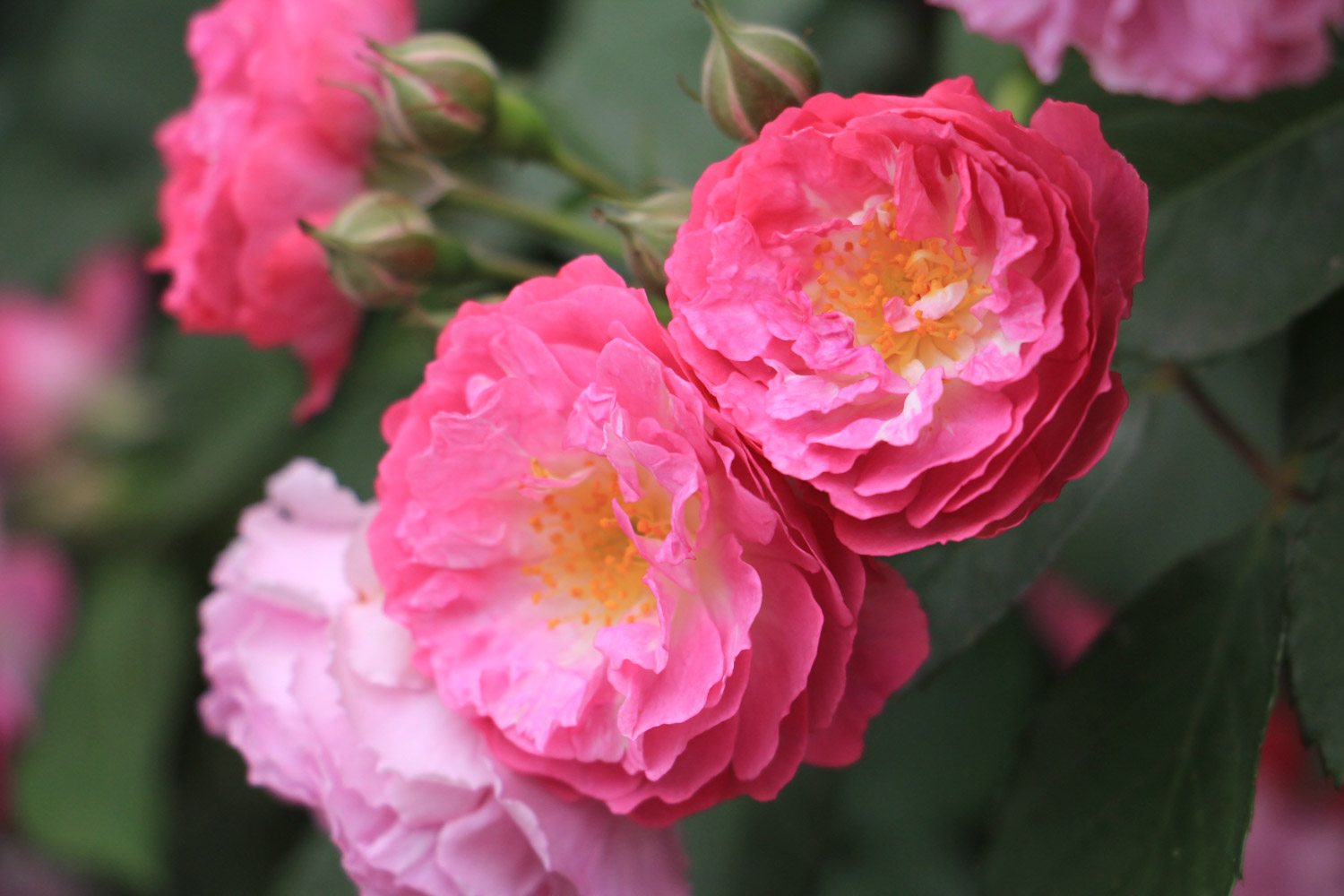
2、 Black spot
1. Symptoms
As the name suggests, black spots appear on plants, purplish brown, reddish brown and small spots appear on leaves and buds, and then spread to form spots
2. Solution
Spraying agent: carbendazim, thiophanate methyl and daconine can be used
3、 Anthrax
1. Symptoms
This symptom is somewhat similar to black spot. Most of the spots of anthrax are semicircular distributed on the edge of the leaves. The spots themselves transition from light brown to dark brown from the middle to the edge. In the late stage of onset, there will be small black spots
2. Solution
(1) Try not to place the plant in a tight and humid area. Excessive moisture is easy to produce bacteria. In addition, the slip of paper should be written in time to prevent the dense branches from affecting the ventilation and light transmittance. The diseased leaves should be cleaned up in a centralized manner, preferably burned
(2) If the disease is found, drugs such as 75% chlorothalonil powder and 20% thiabendazole copper suspension can be used to kill the virus
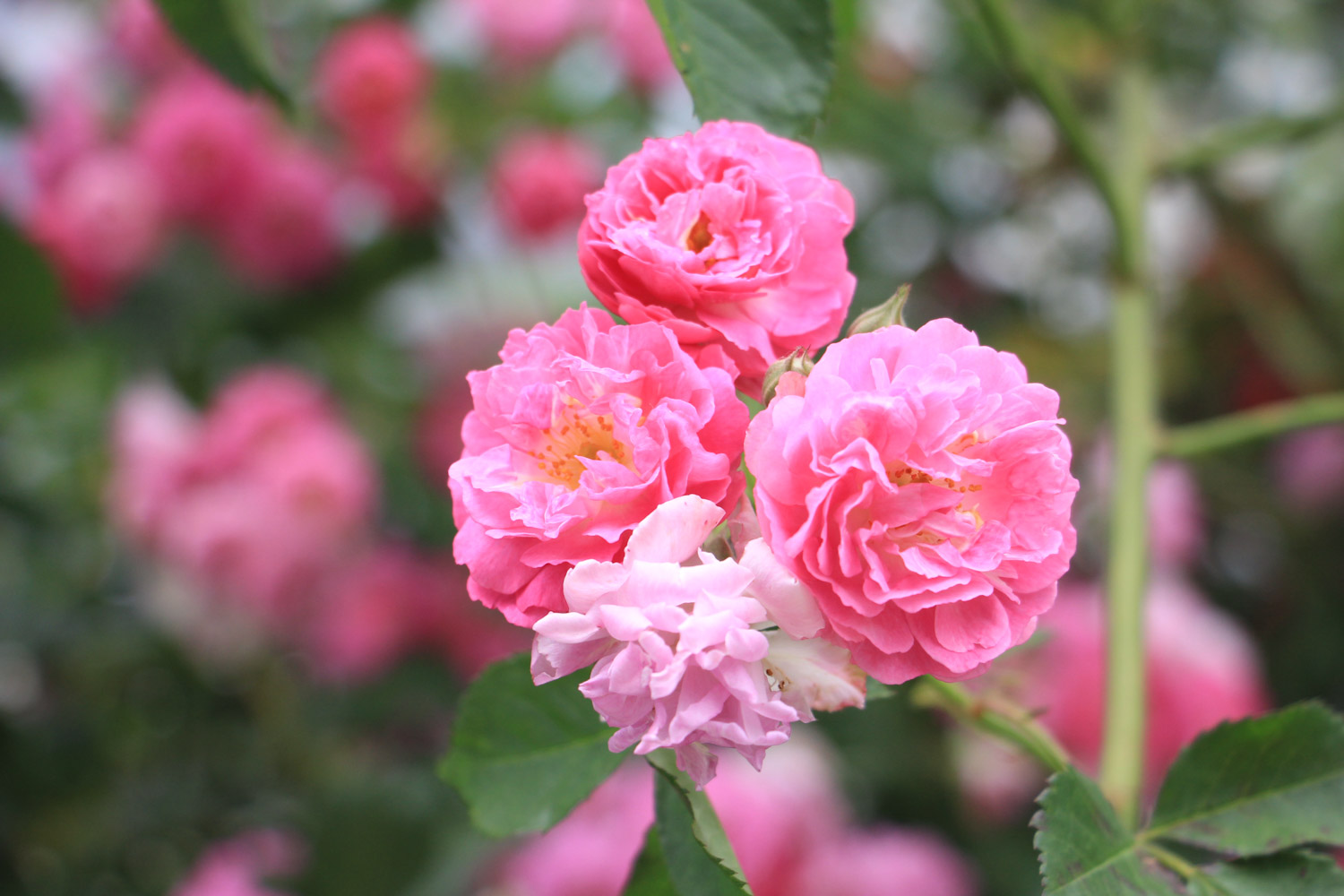
4、 Leaf rust
1. Symptoms
For rose, this disease is relatively common, and the bacteria will attack the leaves and new branches, causing the leaves to fall or even die, so we should take measures in time
2. Solution
Use 800 times chlorothalonil (Triadimefon) once a week until the disease is cured

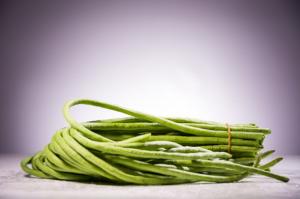 How does okra leaf h...
How does okra leaf h...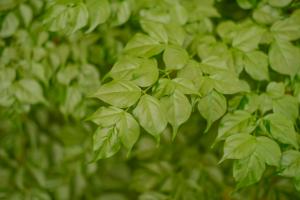 How to treat happy l...
How to treat happy l...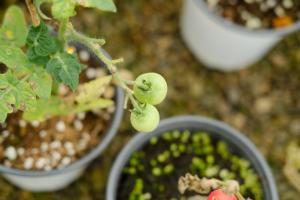 How is tomato Fusari...
How is tomato Fusari... How is Strawberry Po...
How is Strawberry Po... How does Calla becom...
How does Calla becom... How to roll the leav...
How to roll the leav... Pest control of Phyl...
Pest control of Phyl...
























